Turbocharging to Satisfy Demand for Smaller Cars in China
2011/02/21 | By CENSPreferential taxation may rev up sales of turbocharged passenger cars
New-energy cars were a major focus at the 8th China (Guangzhou) International Automobile Exhibition (Auto Guangzhou 2010), with such displays having stirred ample buzz in the media. Such scenario highlights a current trend, that almost all automakers in China and globally are aggressively developing new-energy vehicles. Before their extensive commercialization, many consumers or even car enthusiasts would be hard pressed to talk accurately about the finer points of such new technologies.
While new-energy vehicles are increasingly seen as necessary in the future, over the next 10 years such cars (especially electric vehicles or EVs) will only account for about 10% of global sales of new cars.
J.L. Yang, a veteran of automotive engines, says bluntly: "In fact all major automotive industry operators in China still focus on developing conventional-technology automotive engines; but the rising trend for low-carbon emission policy, producing lighter engines in Europe as well as strong demand for smaller-displacement cars in China help to refocus their attention to upgrade performance of smaller-displacement automotive engines." He also believes Chinese carmakers should prioritize advancement of conventional engines rather than new-energy powertrains.
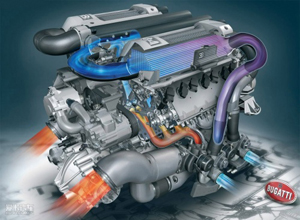
Effective Horsepower Enhancer
Borrowing a page from aviation engine makers, car engine developers long ago learnt that turbocharging is an effective way to raise horsepower of relatively small engines by as much as 30%, which seems also suitable to meet increasing eco-protection demands today; for larger displacement typically means burning more fuel and emitting more carbon. However, turbos raise retail prices of cars, tend to need regular, costly replacement, and generate heat, without enhancing fuel economy when driven vigorously.
Saab of Sweden pioneered commercialization of turbocharged cars, also announcing a new automotive era more than 20 years ago. There are, however, only a few companies globally controlling turbocharging know-how, the core technologies of which being quite complicated. Porsche, BMW, Benz, Saab are some of the well-known carmakers to offer turbocharged cars, while a few aftermarket tuners as Saleen and Ruf have built a reputation for turbocharging sports cars to help enhance performance for drivers without the means to buy Ferraris and exotics.
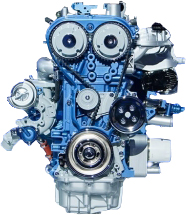
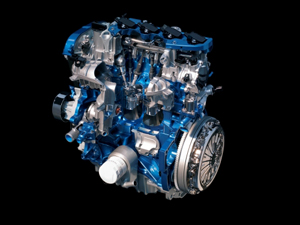
EcoBoost GTDi Engine
The EcoBoost GTDi (gasoline turbo direction injection) family of four-cylinder and six-cylinder engines features turbocharging and direct injection technology. Compared with more expensive hybrids and diesel engines, EcoBoost builds upon today's affordable gasoline engine and improves it, providing a way to improve fuel economy and emissions without compromising driving performance.
With direct injection, fuel is injected into each cylinder in small, precise amounts. Compared to conventional port injection, direct injection produces a cooler, denser charge, delivering higher fuel economy and performance.
When combined with modern-day turbocharging - which uses exhaust gas to drive the turbine - direct injection provides the best of both worlds: the responsiveness of a larger-displacement engine with fewer trips to the gas pump.
Ford's 3.5-liter EcoBoost V-6, for example, can deliver upwards of 340-plus lb.-ft. of torque across a wide engine range - 2,000 to 5,000 rpm versus 270 to 310 lb.-ft of torque for a conventional naturally aspirated 4.6-liter V-8 over the same speed range. At the same time, this V-6 gives approximately 2 mpg improvement and emits up to 15% fewer CO2 emissions.
Direct injection coupled with turbocharging allows for the downsizing of engines that deliver improved torque and performance. A small 4-cylinder EcoBoost engine can produce more torque than a larger 4-cylinder engine - nearly an entire liter larger - with better fuel efficiency.
BMW
To match its core brand value, the German automaker adopts some special techniques, including TwinTurbo, which was developed on the basis of conventional turbocharging, but with new technologies adopted to better manage rotation speed of the turbocharger.
Innovation in turbocharger design also offers gas and diesel engine developers more opportunity to increase overall performance while lowering emissions, Karl-Heinz Bauer, Vice President and Chief Technology Officer (CTO) of Honeywell Turbo Systems, noted at the 2010 SAE World Congress.
For example, he added, a turbocharged gasoline engine can cut fuel consumption by 10% to 20%, while a diesel can by 20% to 40%. If the turbocharger is matched with a hybrid propulsion system, the horsepower and torque can be maintained, the engine size and weight can be cut, the fuel economy upgraded, and the emission reduced.
C
hina's national policy to avail only 1.6-liter-and-smaller passenger cars of preferential taxation has revved up demand for smaller cars, and likely sales of such cars with turbochargers in the country to appeal to drivers who demand fuel economy without sacrificing performance.
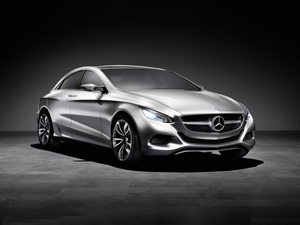
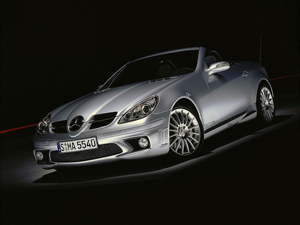
Access Technologies
Bauer, a senior executive at Honeywell China, says that major automakers in China are highly interested in turbocharging techniques which can improve horsepower but downsize powertrain. "What we are doing is to help domestic carmakers access the latest turbocharging technologies and meet the latest emission standards," he adds.
In 2012, Honeywell, a leading supplier of turbochargers, is scheduled to supply the turbochargers for a 1.4-liter car from GAC Fiat Automobile Co., Ltd. (GAC Fiat) and a 1.5-liter model from Jianghuai Automobile Co., Ltd. (JAC).
According to Bauer, turbocharging is a mature "green" technique with lower cost, high reliability, and universal application, able to be installed on almost any normally-aspirated engines. The chief technology officer discloses that Honeywell's third-generation gasoline turbocharging technology has achieved some breakthroughs, including downsizing an engine size by 40%, and will be mass produced in 2012.
The first-generation turbocharger was developed to downsize diesel engines by 20%, and the second-generation to cut gasoline-engine size by 25% to 30%. In 2015, the sales volume of turbocharged gasoline-engine vehicles will grow an estimated five times. And new vehicles sold after 2020 displacing 3.3 liters to 1.4 liters will all adopt the third-generation turbocharging technology to upgrade fuel economy, says Bauer.
Turbochargers today are smaller, lighter and rev higher. In Europe, turbocharged cars account for about 50% of total new-car sales; while turbocharging remains the mainstream way to upgrade car performance without raising displacement.




